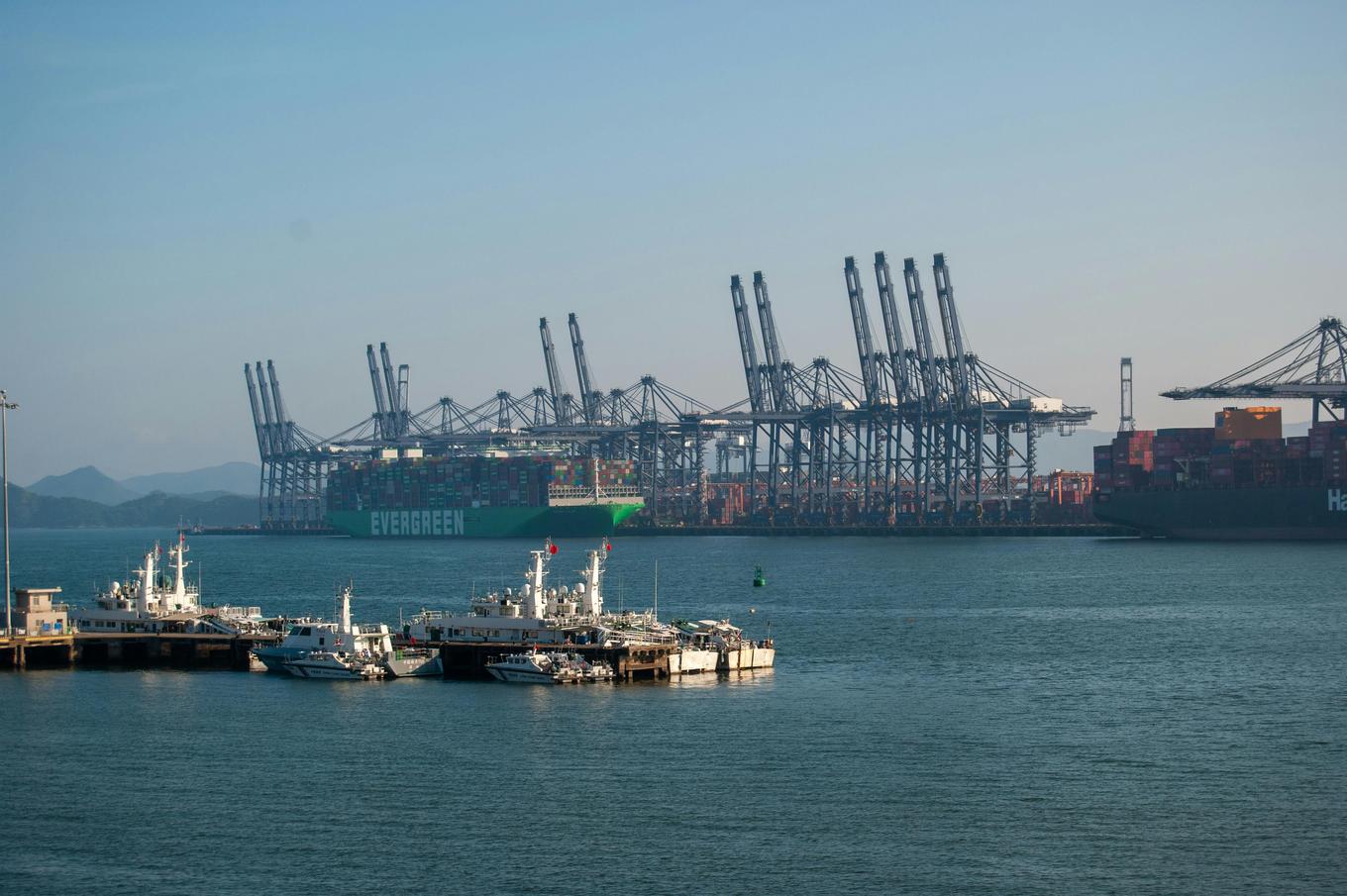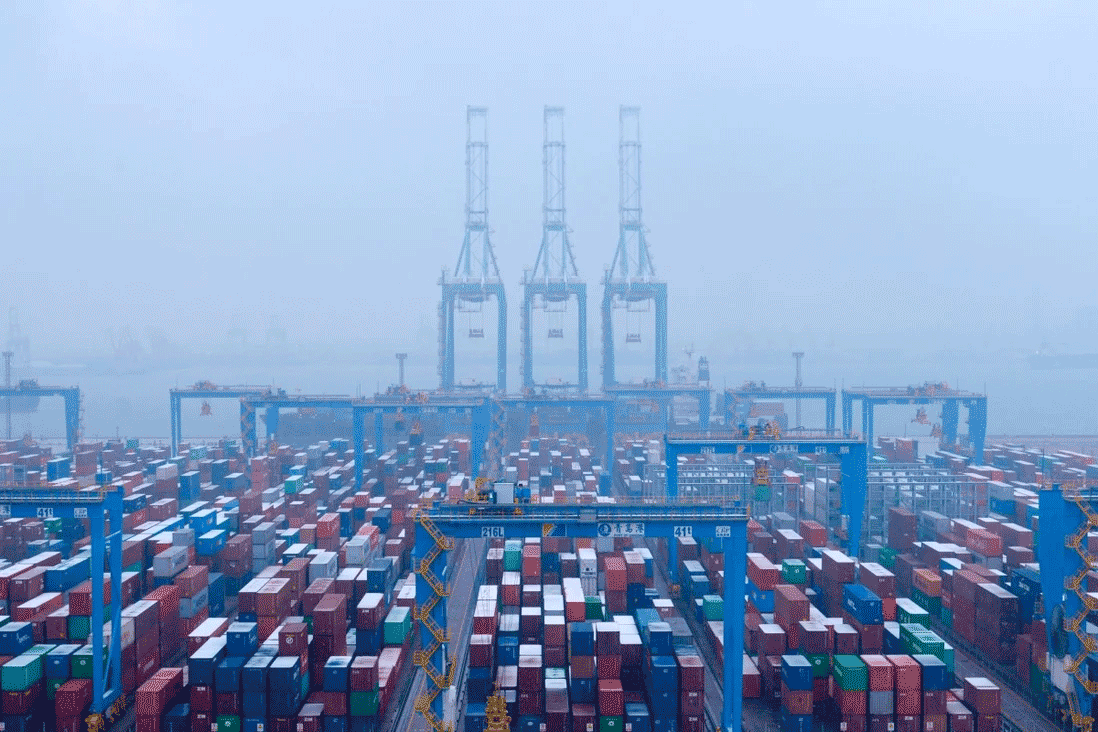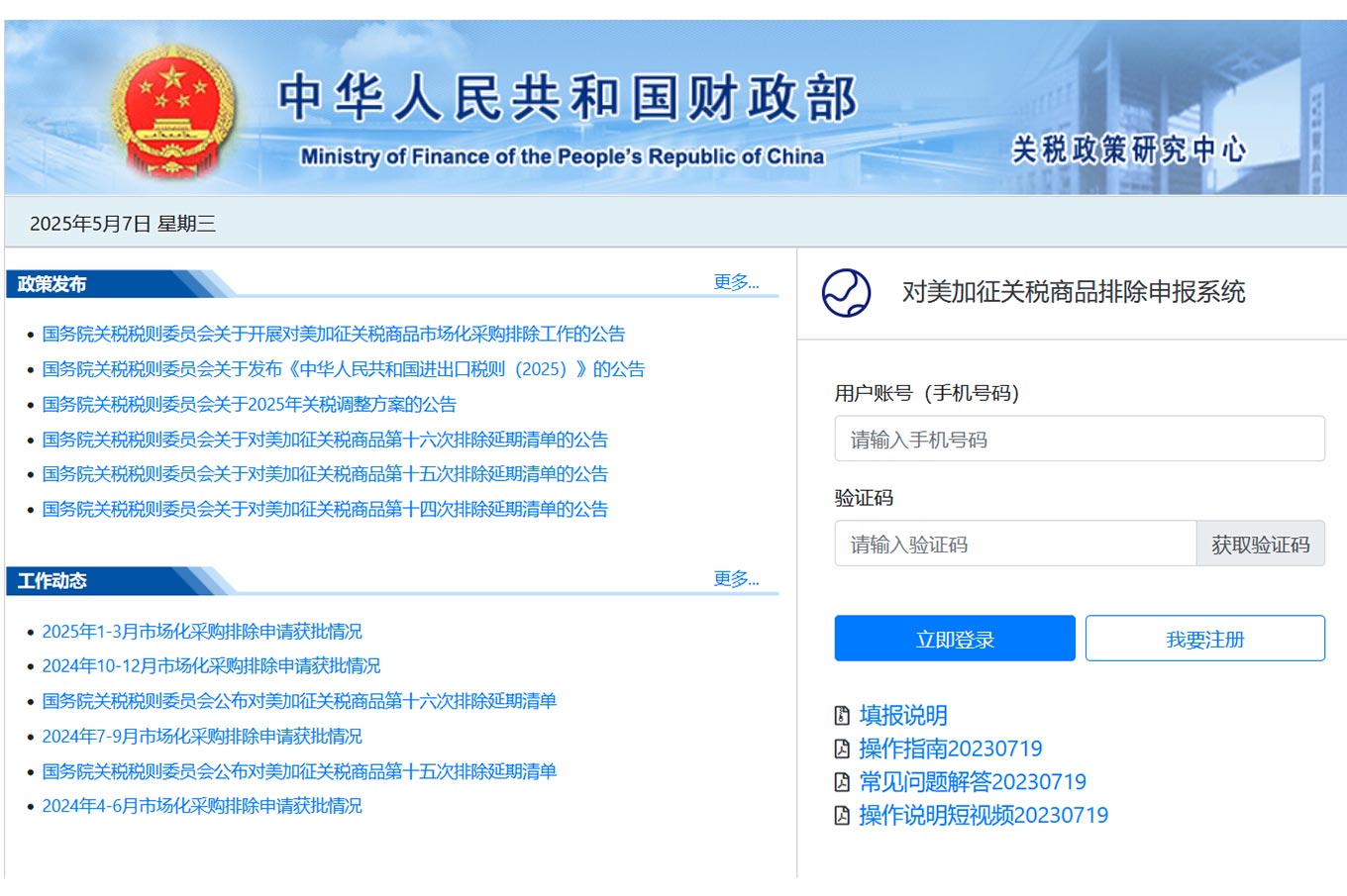- Shanghai Zhongshen International Trade Co., Ltd. - Two decades of trade agency expertise.
- Service Hotline: 139 1787 2118
The State Council Information Office held a regular policy briefing on April 28, 2022, to introduce measures on further increasingExport Drawbacksupport measures to help enterprises overcome difficulties and stabilizeforeign traderelevant situations. Stay tuned!
Q1
Q: What new policies are there regarding relief measures and tax rebates?
A: On April 20, 10 departments jointly issued the Notice on Further Increasing Export Tax Rebate Support to Promote Stable Foreign Trade Development, including 15 measures in three aspects. Specifically:
In focusing on policy relief to reduce the burden on export enterprises,
The Notice specifies three support policies:
· Strengthening the connection between export credit insurance and export tax rebate policies, treating insurance indemnities asA complete export agency agreement should be attached with:eligible for tax rebate processing;
· Improving export tax rebate policies for processing trade, allowing processing trade enterprises to deduct input VAT that couldnt be deducted previously due to inconsistent export product tax rates;
· Exploring the potential of departure tax refund policies, continuously expanding policy coverage, optimizing tax refund store layouts, and vigorously implementing convenience measures.
In focusing on convenient tax refunds to improve capital flow efficiency,
The Notice proposes seven facilitation measures:
·Vigorously promote "contactless" processing for export businesses, ensuring that the entire process of export tax rebate declaration, review, and feedback is handled online;
· Enhancing data sharing to further streamline export tax rebate submission materials;
· Actively promoting electronic documentation for export tax rebate records, allowing enterprises flexibility in choosing digital, image-based or paper-based documentation retention methods;
· Continuously enhance the intelligent declaration level for export tax rebates, and promote the realization of "no-fill" for customs declaration forms and invoice information;
· Improving export tax rebate processing efficiency, reducing the average national processing time for normal rebates to within 6 working days in 2022;
· Deepening cooperation between customs and tax authorities to improve customs clearance efficiency for export goods returns;
· Optimize and simplify the procedures for handling export tax rebates, routinely implement "tolerance for deficiencies" in on-site inspections, actively promote the full-process paperless issuance of export tax rebate certificates, effectively enhance the quality and efficiency of tax rebate processing, and accelerate the capital turnover of export enterprises.
In focusing on optimizing the environment to promote stable foreign trade development,
The Notice introduces five support measures:
· Enriching publicity channels and precise reminder content to guide enterprises in improving export business processing efficiency;
· SupportingCross-border E-commerceHealthy, sustainable, and innovative development;
· Simplify the centralized tax refund filing process for comprehensive foreign trade service enterprises, creating convenient conditions for their development;
· Strengthen credit sharing to guide enterprises in operating with integrity, allowing reassessment of export tax refund classification management categories for enterprises with restored tax credit;
· Enhance inter-departmental collaboration and intensify joint efforts to combat fraudulent tax refund claims, actively fostering a fair and equitable business environment.
Q2
Q: What new measures are there regarding customs clearance facilitation reforms?
A: In terms of facilitating declarations, we will further improve reform measures such as "advance declaration" and "two-step declaration," providing enterprises with declaration mode options that suit different types of businesses.
In terms of facilitating logistics, continuous improvements have been made to measures such as "two-stage clearance" and "destination inspection," enabling enterprises to swiftly retrieve goods from ports. Meanwhile, the pilot program for "direct pick-up and loading at shipside" has been expanded to all directly subordinate customs offices nationwide that meet the necessary conditions. Priority has been given to coordinated efforts in regions like the Yangtze River Delta and the Guangdong-Hong Kong-Macao Greater Bay Area to synchronize risk control, cargo supervision, and cross-customs collaborative management of tax-paying enterprises. This has achieved paperless filing for customs declaration entities, enabling "full online processing" and "nationwide accessibility," while also promoting expedited clearance and adaptive supervision for high-tech products.
The General Administration of Customs also guides subordinate customs to take measures based on different transportation modes, industries, and product characteristics to help enterprises resolveimport and exportDifficulties encountered during the customs clearance of goods. For example, a "green channel" has been established for the import of essential civilian supplies, providing customs clearance support for industries such as aviation, integrated circuits, and automobile manufacturing. This ensures the import and export of critical components, helping to maintain the stability and smooth operation of industrial and supply chains.
Q3
Q: What facilitation measures are there for the return and exchange management of cross-border e-commerce imports and exports?
A: Since 2020, multiple announcements have been issued to optimize the return process for cross-border e-commerce retail import and export goods. In September, 2021, the General Administration of Customs implemented the Announcement on Comprehensively Promoting the Cross-border E-commerce Retail Import Return Center Warehouse Model, further improving the efficiency of the entire return supervision process, solving the problem of difficult returns, reducing business operating costs and time costs, and promoting the healthy development of cross-border e-commerce import and export business.
The "return center warehouse" mentioned here refers to a dedicated storage location established by domestic agents of cross-border e-commerce enterprises or warehousing enterprises entrusted by them within the customs special supervision zones. This facility is specifically used for storing returned goods from cross-border e-commerce retail imports, enabling processes such as receiving and sorting returned goods to be conducted within the customs special supervision zones, thereby providing convenient customs clearance services for overseas shopping returns.
Q4
Q: How to improve the convenience of export tax refund processing?
A: This year, new measures of "three reductions, three additions, and three accelerations" have been introduced to further enhance the convenience of export tax rebate processing.
The so-called "three reductions" refer to reducing documentation, reducing procedures, and reducing paper-based proofs.
· Reducing documents means relying on tax big data to eliminate or adjust multiple paper-based documents required for export tax refund declarations and proof issuance.
· Reducing procedures means no longer requiring prior declaration for export goods that cannot be collected, instead allowing enterprises to retain relevant documents for future verification.
· Reducing paper-based proofs means changing the issuance method of six types of export tax refund proofs, such as the Agent Export Goods Certificate, from paper-based to electronic. Enterprises no longer need to submit paper proofs for subsequent tax-related matters, as tax authorities will verify electronic proof information.
The so-called "three additions" refer to increasing intensity, diversifying methods, and enhancing convenience services.
·Intensifying efforts means strengthening the implementation of "contactless" processing measures for export businesses, enabling the entire process of export tax rebate declaration, review, and feedback to be handled online.
· Adding methods means expanding the options for retaining export tax refund supporting documents, allowing enterprises to flexibly choose paper-based, image-based, or digital methods based on their needs.
· Additional convenience services include expanding the "no-fill" items for export tax rebate declarations and adding reminder services for the progress of export tax rebate processing.
The so-called "three accelerations" refer to accelerating tax refund processing, accelerating customs clearance for returned goods, and accelerating on-site inspections.
· Accelerating tax refund processing means continuously speeding up export tax refund progress by implementing detailed support measures.
· Accelerating return clearance means actively promoting information sharing for the Proof of Tax Paid/Not Refunded for Export Goods, eliminating the need for paper proofs when processing export goods return clearance if information can be verified, thus speeding up return clearance.
· Accelerating on-site verification involves actively implementing "tolerance for deficiencies" in on-site verification and improving the efficiency of centralized tax refund agency on-site verification.
Q5
Q: What measures are there this year to help small and medium-sized foreign trade enterprises overcome difficulties?
A: · Increase credit insurance support to ensure enterprises collection security. In February this year, the Ministry of Commerce and China Export & Credit Insurance Corporation jointly issued a notice on increasing export credit insurance support to further stabilize foreign trade. This will encourage export credit insurance institutions to further optimize underwriting and claims conditions, expanding coverage for foreign trade enterprises, especially small and medium-sized ones.
· Utilize special funds to help enterprises expand markets. Local governments will be guided to continue leveraging the role of foreign trade and economic development special funds, improving public service systems by supporting small and medium-sized enterprises in participating in online and offline exhibitions, accelerating trade digitalization, and connecting domestic and international supply and sales channels.
· Pool financial resources to broaden enterprise financing channels. Local commerce systems will be guided to strengthen cooperation with financial institutions through platforms, data credit support, and green channels, encouraging financial institutions to increase foreign trade credit supply based on market principles and promoting collaboration between banks and export credit insurance institutions to expand policy financing scale.
· Optimize foreign exchange services to enhance enterprises risk avoidance capabilities. Since last year, the Ministry of Commerce, together with relevant departments, has organized online training and compiled exchange rate risk avoidance manuals, helping enterprises improve exchange rate risk management capabilities with multiple measures. Next steps will include promoting improved risk avoidance products and services, facilitating bank-enterprise對(duì)接 (對(duì)接: 對(duì)接), and enhancing the convenience of cross-border RMB settlement.
Related Recommendations
? 2025. All Rights Reserved. Shanghai ICP No. 2023007705-2  PSB Record: Shanghai No.31011502009912
PSB Record: Shanghai No.31011502009912










